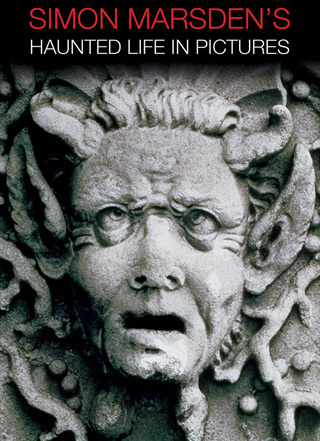I've been familiar with the phenomenon whereby two waveforms can interact such that a third and fourth, the sum and difference of the two wavelengths, are generated. This has been used in radio transmission and reception for decades, known as heterodyning. [See the Wikipedia page.]
I now discover that there is a similar phenomenon at light wavelengths which can result in up-conversion allowing near infrared (AKA short wavelength infrared - SWIR) to become visible. The earliest reference would appear to be in a 1967 paper by JE Midwinter and J Warner [Up‐Conversion of Near Infrared to Visible Radiation in Lithium‐meta‐Niobate Journal of Applied Physics 38, 519].
The abstract is as follows ...
Single‐crystal lithium niobate pumped with pulsed ruby‐laser radiation has been used to convert 1.7‐μ radiation to green light with more than 1% efficiency. A narrow infrared bandwidth of 17 Å, set by the phase‐matching requirement only, allows the up‐converter and photomultiplier to operate in place of a monochromator and infrared detector, and the emission spectrum of a mercury lamp has been thus examined in the region of 1.7 μ. A close agreement between theory and practice has been found in all respects except noise performance. Further studies of this aspect are required.
Moving on to mid-June 2021 and we can see that 'further studies' have indeed been done. (This is not so say that Midwinter et al have not been hard at work; I am coming into this rather late.) The NanoWerk web site has published an article entitled Let there be light! New tech allows people to see in the dark. [Link to the article here.] It outlines how a team at the Australian National University (ANU), working with an international team, have prototyped a device, based on nano-technology and metamaterials, which up-converts near infrared to visible wavelengths.
The lead researcher Dr Rocio Camacho Morales, is quoted in the article saying
We’ve made a very thin film, consisting of nanoscale crystals, hundreds of times thinner than a human hair, that can be directly applied to glasses and acts as a filter, allowing you to see in the darkness of the night.
Fortunately, their paper describing the work is openly available online. The title is Infrared upconversion imaging in nonlinear metasurfaces and describes the technique as follows:
In this approach, the IR image is not directly detected; instead, a parametric nonlinear optical process is employed to convert the image to higher frequencies and detect it using regular cameras in a process known as upconversion IR imaging.
So basically what we have here, albeit in rudimentary form, is a piece of 'glass' that shifts the wavelength of radiation passing through from near infrared to visible light without needing cooling or even imaging technology. There are nanoscale antennas on a gallium arsenide wafer, tuned to the relevant wavelengths and what is described as a pump laser beam to interact with the incoming signal (both near infrared). The frequency of the derived waveform is the sum of the target image frequency and the pump laser beam. This process is also very fast, described as having 'femtosecond temporal resolution' which could enable 'ultrafast imaging of chemical reactions in a conventional microscope device', never mind the opportunities for inexpensive imaging of near infrared. I assume it would work at thermal wavelengths with the right wavelength of pump laser.
Check out the paper and see what you think. I'm fairly excited by the possibilities, even if it will presumably take the team a while to get it to photographic resolutions.
I will finish with their abstract, followed by the citation and link.
Infrared imaging is a crucial technique in a multitude of applications, including night vision, autonomous vehicle navigation, optical tomography, and food quality control. Conventional infrared imaging technologies, however, require the use of materials such as narrow bandgap semiconductors, which are sensitive to thermal noise and often require cryogenic cooling. We demonstrate a compact all-optical alternative to perform infrared imaging in a metasurface composed of GaAs semiconductor nanoantennas, using a nonlinear wave-mixing process. We experimentally show the upconversion of short-wave infrared wavelengths via the coherent parametric process of sum-frequency generation. In this process, an infrared image of a target is mixed inside the metasurface with a strong pump beam, translating the image from the infrared to the visible in a nanoscale ultrathin imaging device. Our results open up new opportunities for the development of compact infrared imaging devices with applications in infrared vision and life sciences.
[Rocio Camacho-Morales, Davide Rocco, Lei Xu, Valerio Flavio Gili, Nikolay Dimitrov, Lyubomir Stoyanov, Zhonghua Ma, Andrei Komar, Mykhaylo Lysevych, Fouad Karouta, Alexander A. Dreischuh, Hark Hoe H. Tan, Giuseppe Leo, Costantino De Angelis, Chennupati Jagadish, Andrey E. Miroshnichenko, Mohsen Rahmani, Dragomir N. Neshev, "Infrared upconversion imaging in nonlinear metasurfaces," Adv. Photon. 3(3) 036002 (14 June 2021) ]
doi.org/10.1117/1.AP.3.3.036002.








